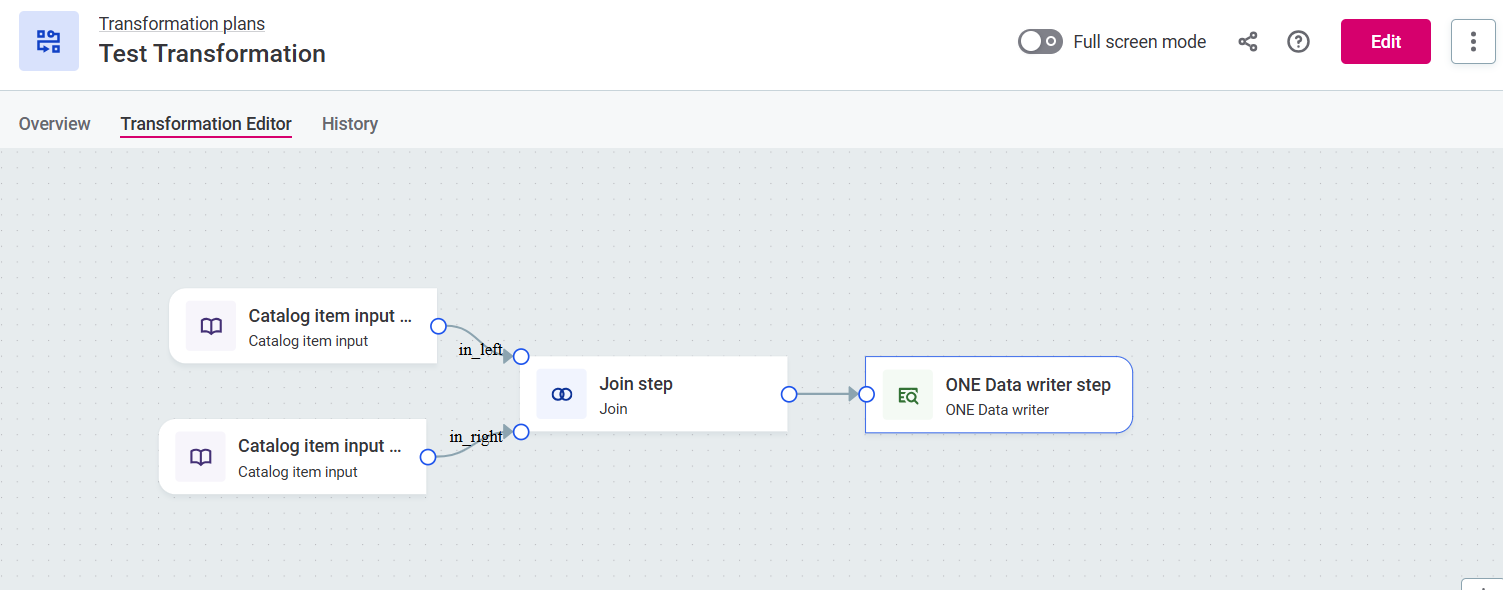Hi,
I want to create a DQ aggregation rule that checks fields from two different tables for the group by clause. Is there a way to do this directly in Ataccama One Web UI.
Thanks!
Hi,
I want to create a DQ aggregation rule that checks fields from two different tables for the group by clause. Is there a way to do this directly in Ataccama One Web UI.
Thanks!
If the 2 tables are from the same data source, you should be able to use a Custom SQL Item to join the two tables together. From there you can do the aggregation either within the Custom Catalog or from a rule.
If the two tables are apart of two different data sources, you will need to use the desktop application to join the two tables together.
Hope this helps!
Hello,
As Thomas mentioned, the only way to run DQ evaluation over 2 tables at the same time is to basically merge them into a single dataset/catalog item, which can be achieved in a few ways: either through SQL CI’s created from ONE front end, or using Virtual Catalog Items if you prefer to build the transformation using ONE Desktop, or using Transformations which is a relatively new feature available in v15 releases.
SQL CI’s:
https://docs.ataccama.com/one/latest/catalog-items/sql-catalog-items.html
Transformations:
https://docs.ataccama.com/one/latest/monitoring-projects/data-transformation-plans.html
Once your combined dataset is ready you can apply your aggregation rule on top of it and run DQ evaluation.
Ivan
Hi
I was under the assumption that the transformation plan is used for post processing after a monitoring project run. How can we use it to join two tables before running any DQ checks?
Thanks!
Hi
Here’s an example from version 15.2. There’s a step in the output category called ONE Data Writer that should create a table using One Data module.

However, since there are some limitations around One Data it might not be suitable for tables from on-prem data sources since at the moment the One Data jobs can be processed only on the Ataccama Cloud DPE which might not have access to on-prem data sources.
For your scenario SQL CI’s would probably still be the best\easiest way to go.
I hope this helps,
Ivan
So, is this feature available in cloud where we can join tables from two different data sources? For eg: Snowflake and Workday or Snowflake and a table from CRM (salesforce) connection?
Thanks!
No account yet? Create an account
Enter your E-mail address. We'll send you an e-mail with instructions to reset your password.